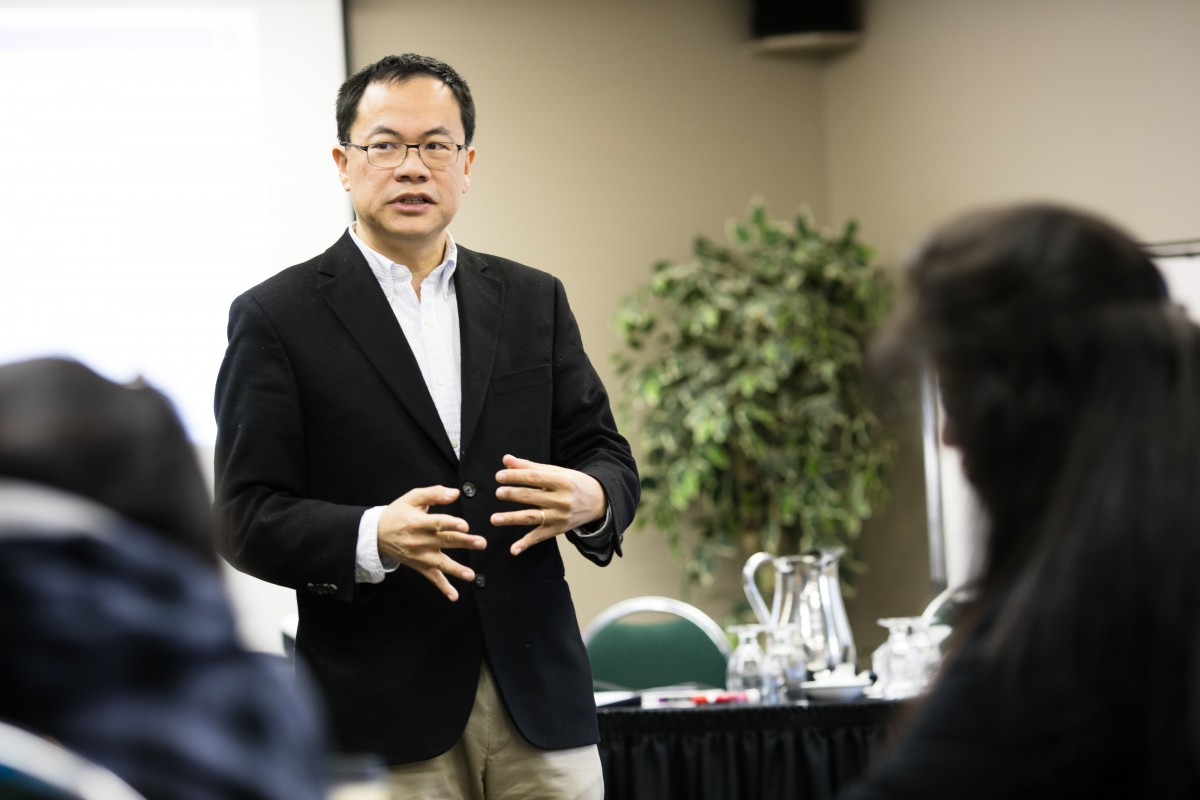
How are CHWs trained?
All types of CHWs are trained in some way to carry out their tasks, whether they are general tasks or specialty interventions. Approaches to training, including modular training, topics covered, who is responsible for training, and the length of the training, varies across programs. Training can be part of a national strategy, as is the case in Zambia. Community health assistants receive one year formalized in-class training on prevention, health promotion and curative care, which is provided through the Health Professional Council of Zambia. In Brazil, the community health agents are trained by physicians and nurses, through a government program.
Other forms of training are provided by non-governmental organizations (NGOs). These training modules are most common in NGO-driven programmes. For mothers2mothers, the training is provided by the organization, with a specific curriculum on basic HIV/AIDS information, prevention of mother-to-child transmission services, disclosure of status, breast-feeding, antiretroviral and highly active antiretroviral therapy, safe sex and family planning as well as nutrition and other lifestyle topics.
Although commonly the training CHWs receive is not part of a tertiary education certificate, Minnesota has a statewide college-level certification that CHWs must obtain before (or within the first 12-18 months) of employment. In addition to the skills gained through the certification, it allows Federally Qualified Health Centres the ability to claim reimbursement for CHW services. In Alaska the training for the CHWs includes sessional training for 4 difference levels of certification, starting with Community Health Aide Level 1 and moving onward to the last level where the Community Health Aides become certified as Community Health Practitioners. Each level includes a supervised period of hands-on training and a written test leading to credentialing.
